In 1944, London was the scene of intense planning by the Allies for the invasion of Normandy, an operation upon which hung the successful prosecution of the war against Nazi Germany and ultimate victory in World War II. Today, there is a place where the war can still be seen virtually as it was then. In secret underground Cabinet War Rooms underneath the streets of Westminster, a stone’s throw away from St. James Park and 10 Downing Street, Winston Churchill directed the war after he assumed his duties as Prime Minister in May 1940. Churchill and his War Cabinet staff and senior military leaders worked tirelessly there. They took meals, slept in Spartan bedrooms, met together, plotted military events in the map room, made broadcasts on the BBC, took phone calls from world leaders, and took cover from German air attacks in the labyrinth of underground rooms. When the war ended in 1945, the lights were literally turned off and the rooms sealed with their immediate contents intact for security reasons.
For decades afterward. special visits could be arranged for VIP visitors, but it was not until the early 1980s that a plan emerged to open the rooms to the public under the care of the Imperial War Museum. In 1984, the Cabinet War Rooms rooms were opened to the public. Visitors can walk the same underground corridors where Churchill and his staff tread, and through glass sheets view the historic rooms filled with artifacts left from wartime days. (The Museum's Educational Travel tour Masters of the Air visits this historic site.)
During a 2015 visit to London, my wife and I visited the Cabinet War Rooms. While the glass walls, underground lighting, and movement through corridors filled with other visitors made for reflections and a difficult environment for photographs, the experience of walking with history was exhilarating. One of the nice features the Imperial War Museum added in various places was mannequins to evoke a working wartime environment. Thus, an armed sentry was on watch to greet us near the entryway.
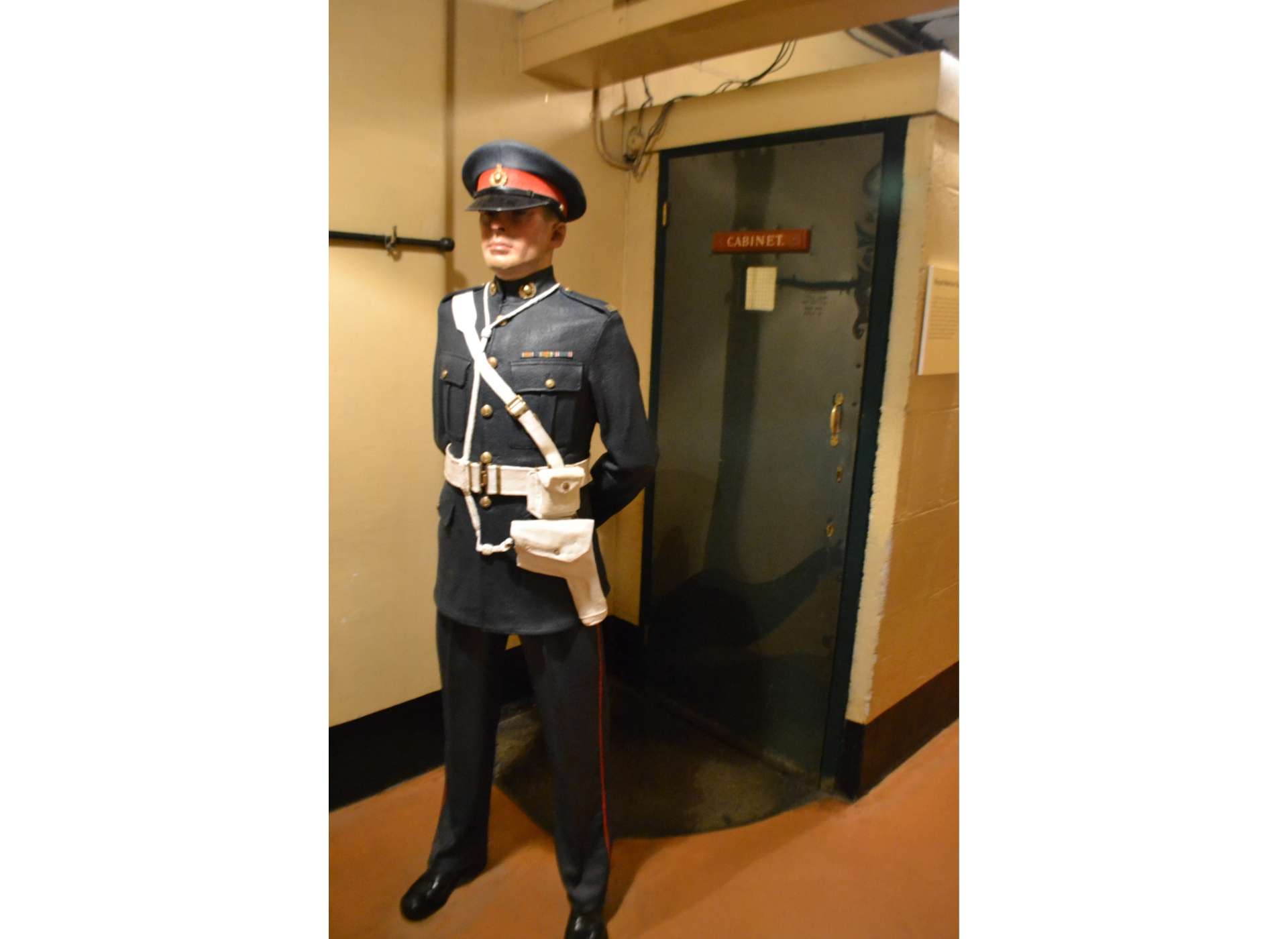
In the lead photo to this post, a British Army officer works black, red, white, and green phones across the desk from the Director of Plans for the Admiralty in the map room. I think what any visitor will find most memorable is the individual touches still displayed in the rooms, such as the red box for cigarette ends visible in this photo. In the War Cabinet meeting or conference room, the Prime Minister’s chair is easily recognizable for its high curved back in the center of the U-shaped table, and placed in front of a world map, with the red communications box in which messages were placed for his review in front of the chair.
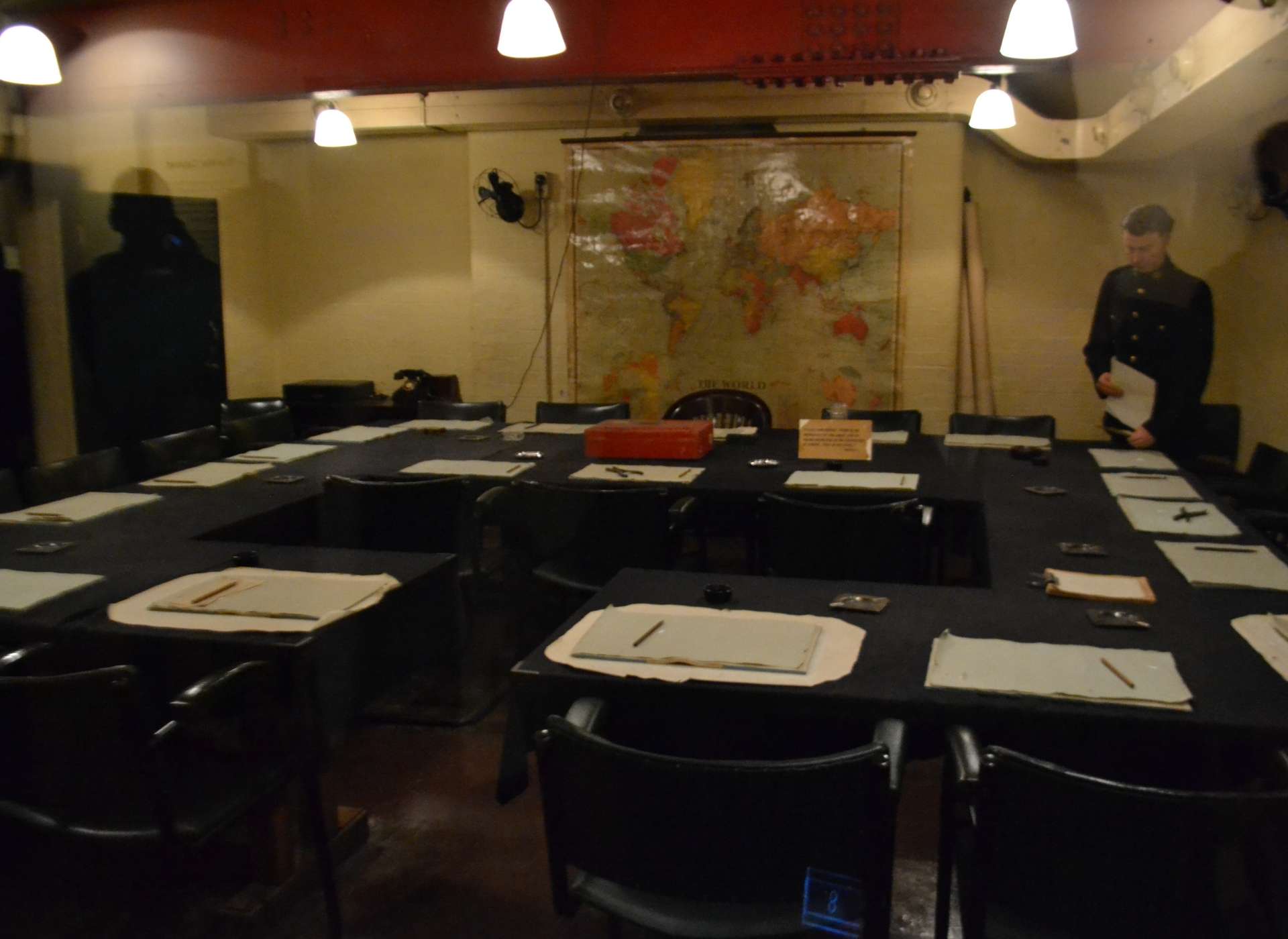
It is striking how small the spaces where communications equipment, the lifeline of the bunker to the outside world, was housed. Visitors can see a man seated behind the radio controls in the BBC broadcasting room, and a woman at work connecting telephone lines in the switchboard room, where a gas mask on a desk again presents a small reminder of the nature and dangers of wartime. Through the BBC broadcasting room, Churchill could speak to the British nation. He made four broadcasts from the bunker during the war. The first broadcast took place on September 11, 1940, as the Germans were raining down bombs on London in both day and nighttime raids.
Urging “Every Man to his Post” as the blitz intensified, in his speech Churchill told the men and women of Britain expecting that a German invasion of the island was coming: “Therefore, we must regard the next week or so as a very important period in our history. It ranks with the days when the Spanish Armada was approaching the Channel, and Drake was finishing his game of bowls; or when Nelson stood between us and Napoleon’s Grand Army at Boulogne. We have read all about this in the history books; but what is happening now is on a far greater scale and of far more consequence to the life and future of the world and its civilization than these brave old days of the past. Every man and woman will therefore prepare himself to do his duty, whatever it may be, with special pride and care.”
Visitors can listen to a recording of Churchill giving the above speech within the exhibit, and one can view his personal bedroom (with a cigar in an ashtray on the nightstand) amongst the bunker rooms. Except for possibly only his own home, Chartwell, I have not encountered another place that so directly evokes the spirit of Winston Churchill and his wartime leadership. As the 75th anniversary of the D-Day landings at Normandy approaches, it is a wonderful experience that the Imperial War Museum has preserved in the War Cabinet rooms, where the public can directly confront history, and gain insights and understanding of the trials that past generations had to overcome to deliver the world we have inherited.
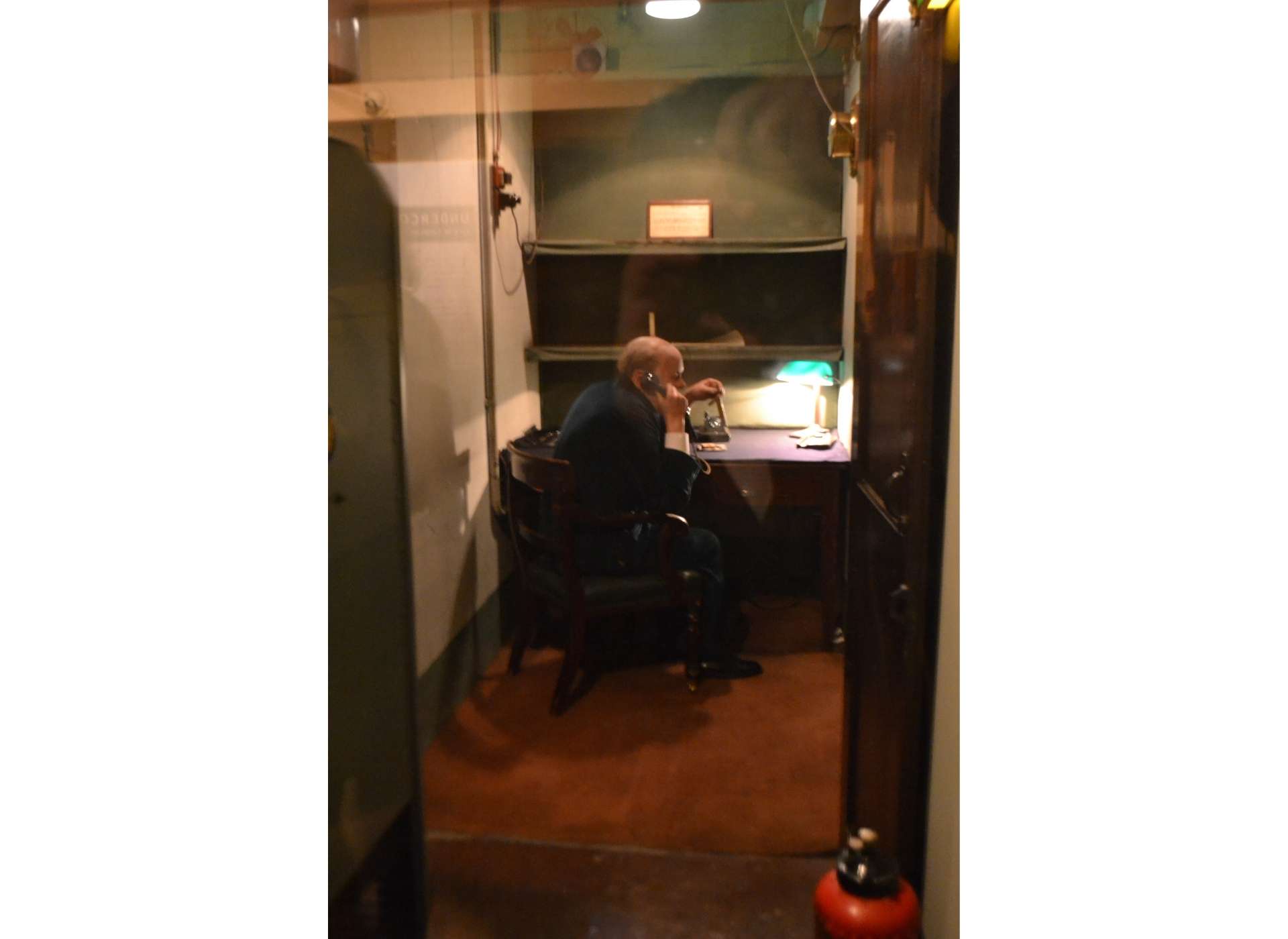
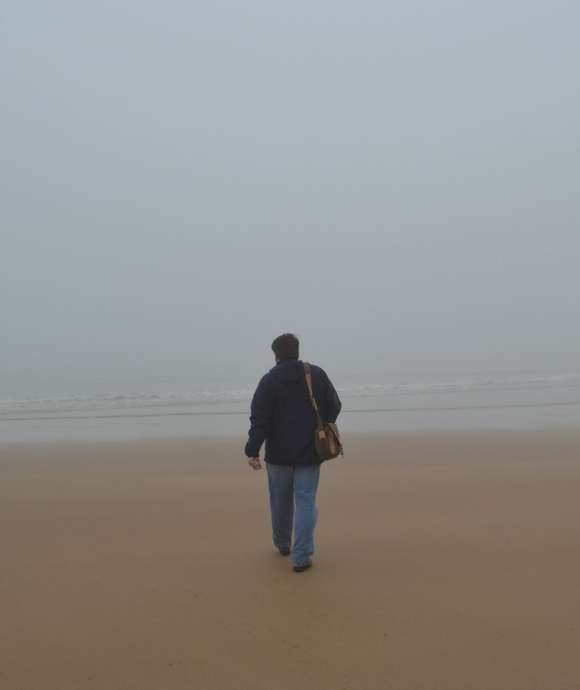
"No matter one’s age, travel is a unique and exciting educational experience. In my work, I have had the opportunity to reflect on history, events, and people in the places where they experienced life. Through the viewfinder, we can not only find history and perspective, but create memory, and evoke our evergreen past."
– Keith Huxen, PhD, Senior Director of Research and History, The National WWII Museum
Keith Huxen
Keith is the former Senior Director of Research and History in the Institute for the Study of War and Democracy at The National WWII Museum.
Cite this article:
MLA Citation:
APA Citation:
Chicago Style Citation:
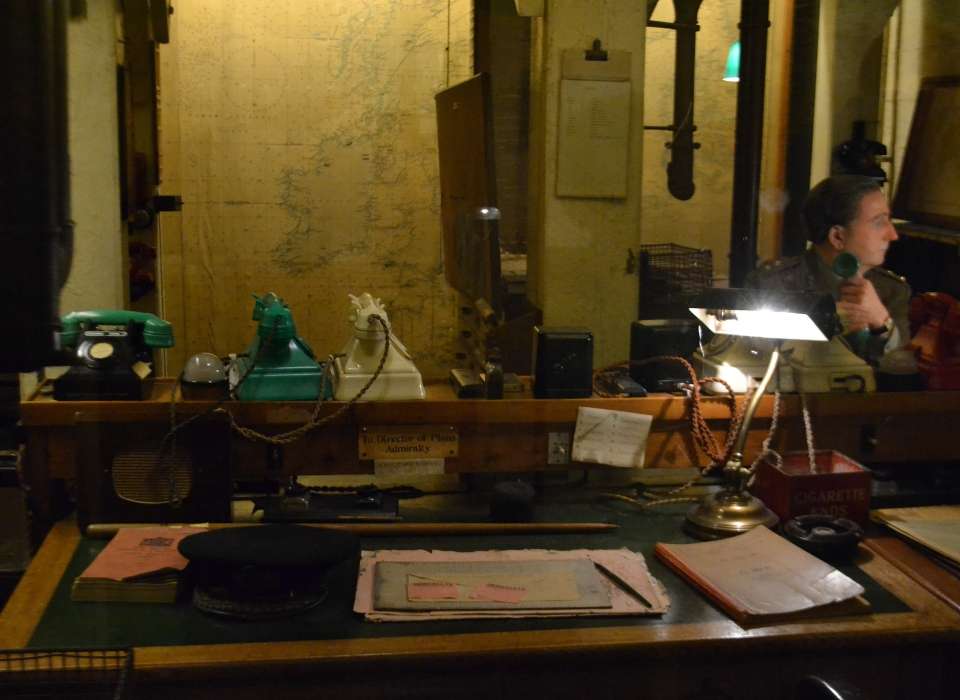
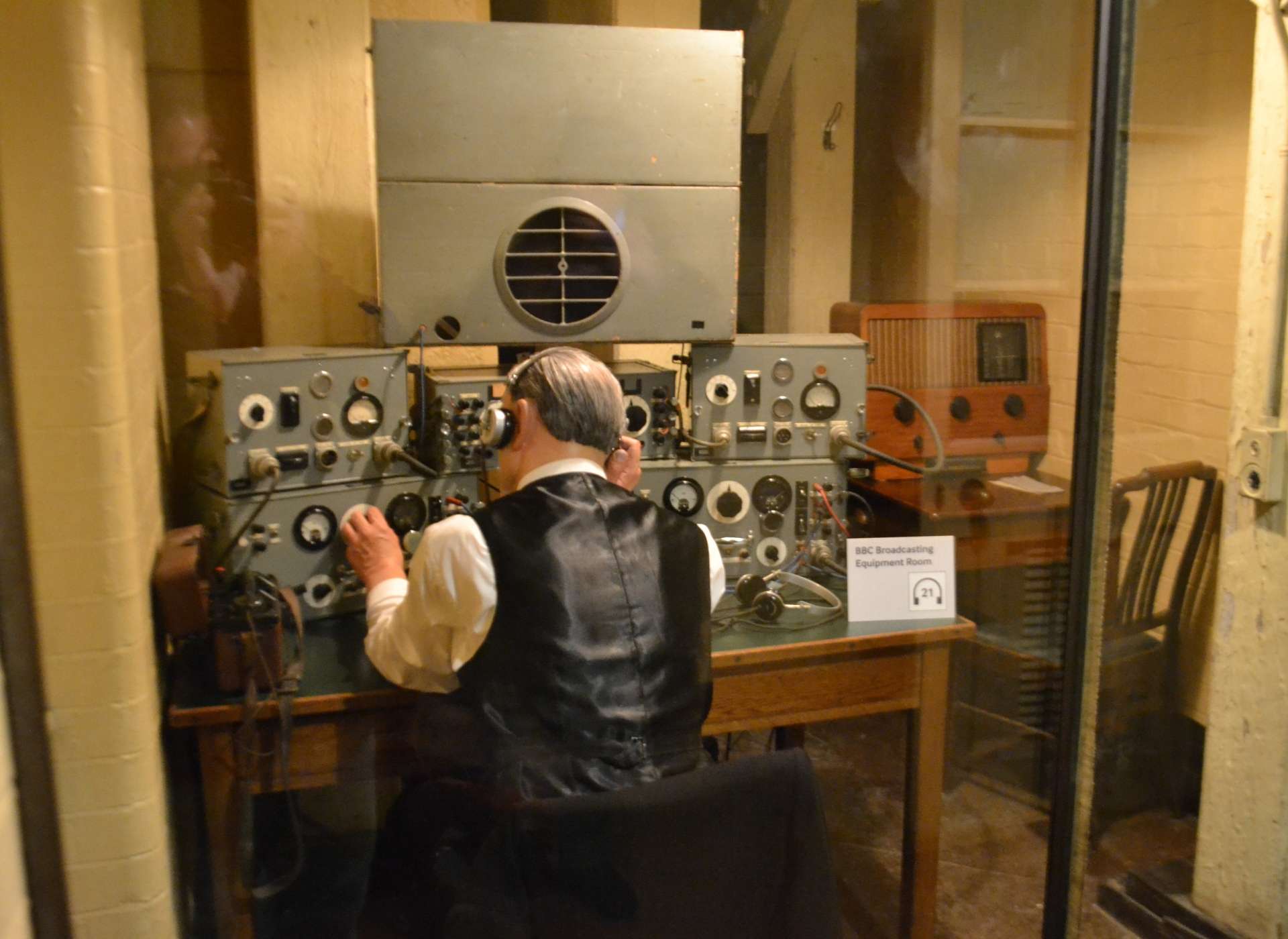
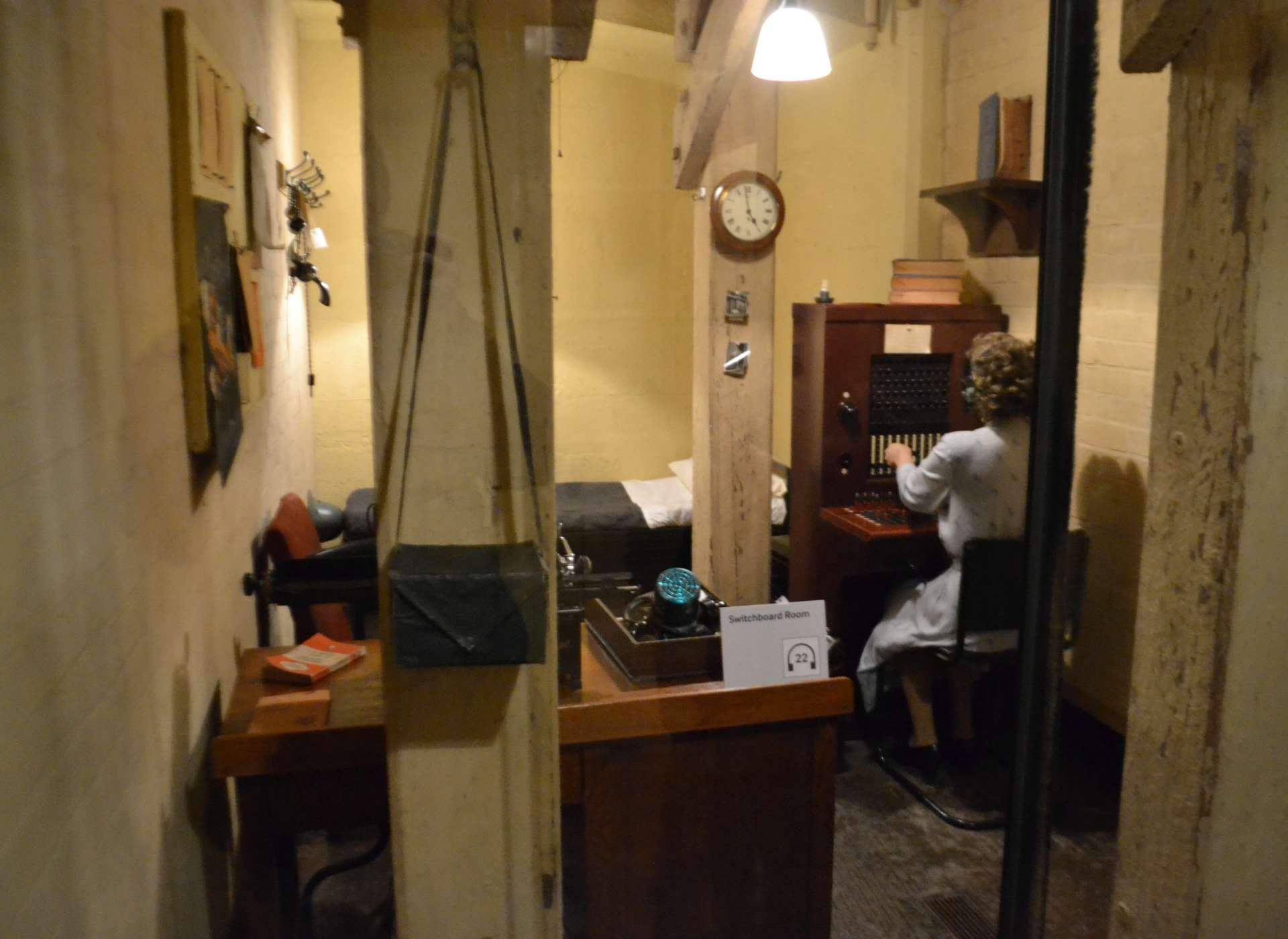

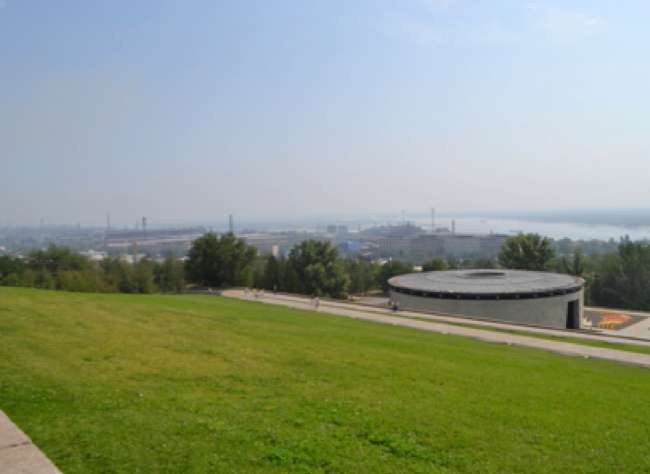
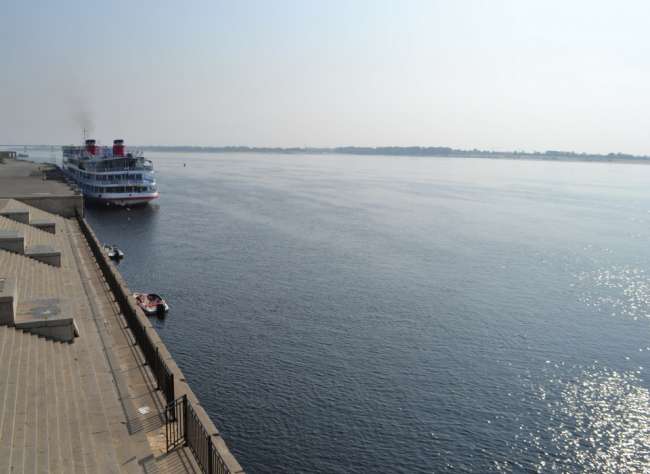
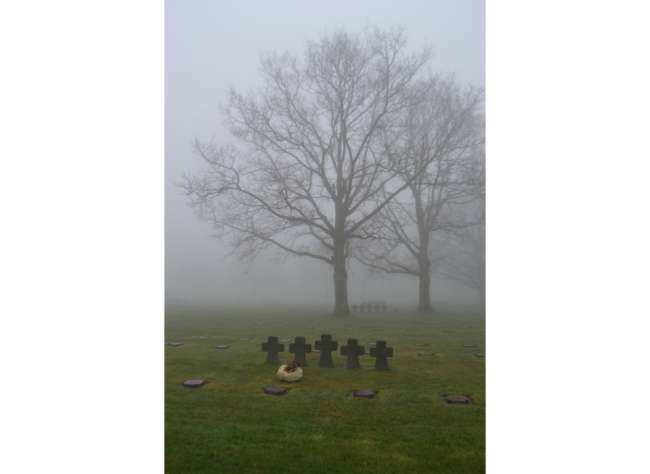



![Max Fuchs, New York City cantor, sings as Rabbi Sydney [sic] Lefkowitz, Richmond, VA, conducts the first Jewish services from Germany.](/sites/default/files/styles/max_650x650/public/2025-10/image1.jpg)



